Labels in Meat & Seafood and How to Read Them
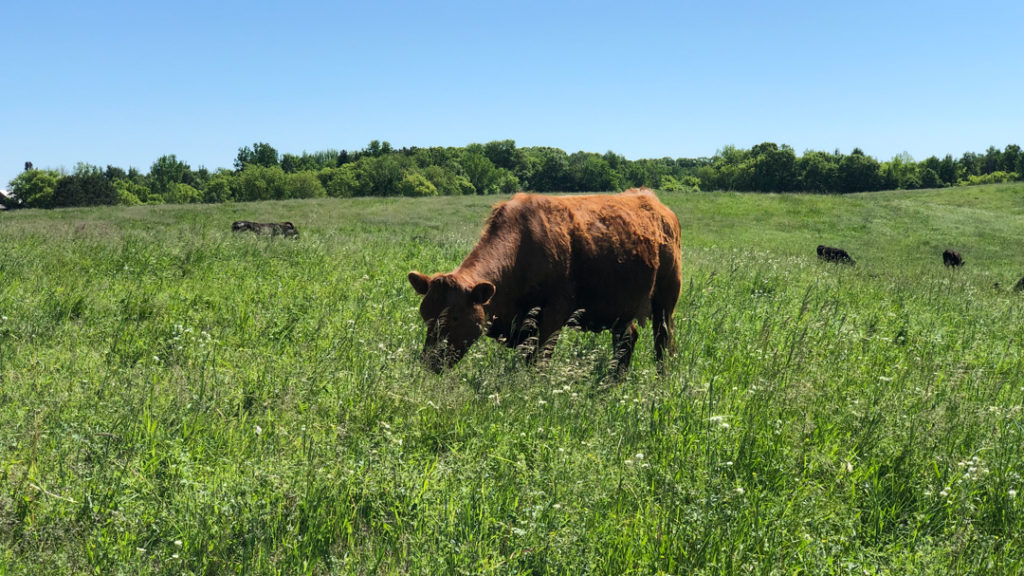
At Lakewinds, our meat and seafood products are fresh, delicious, and raised using sustainable, humane methods. We also like to offer choices, but realize that can lead to extra words on the labels in meat & seafood. We’re here to help you understand the various classifications and terms that apply to food in the meat and seafood department.
All-Natural and Organic:
Certified organic is a label that can only be applied to food that has been vetted by a licensed certifying agency. The most common organic label is issued by the USDA. However, in recent years third-party certifications like The Real Organic Project (ROP) have been created. Many of these independent verifiers believe that USDA standards have declined under pressure from lobbying by large-scale agribusinesses. They seek to offer a return-to-roots certification that more closely matches public opinion regarding organic.
Organic certifying organizations scrutinize a vast array of criteria including feed, water usage, land management, and animal welfare. Broadly speaking, all organic meat and seafood meets the following requirements:
- Must be fed an organic, non-GMO diet.
- Must not be given growth hormones or steroids.
- Must only be administered antibiotics as a last resort.
- Must have access to clean water.
- Must be raised using methods that are less damaging to soil and water than conventional farming.
- Must be given outdoor access.
- Must be processed using certified humane methods.
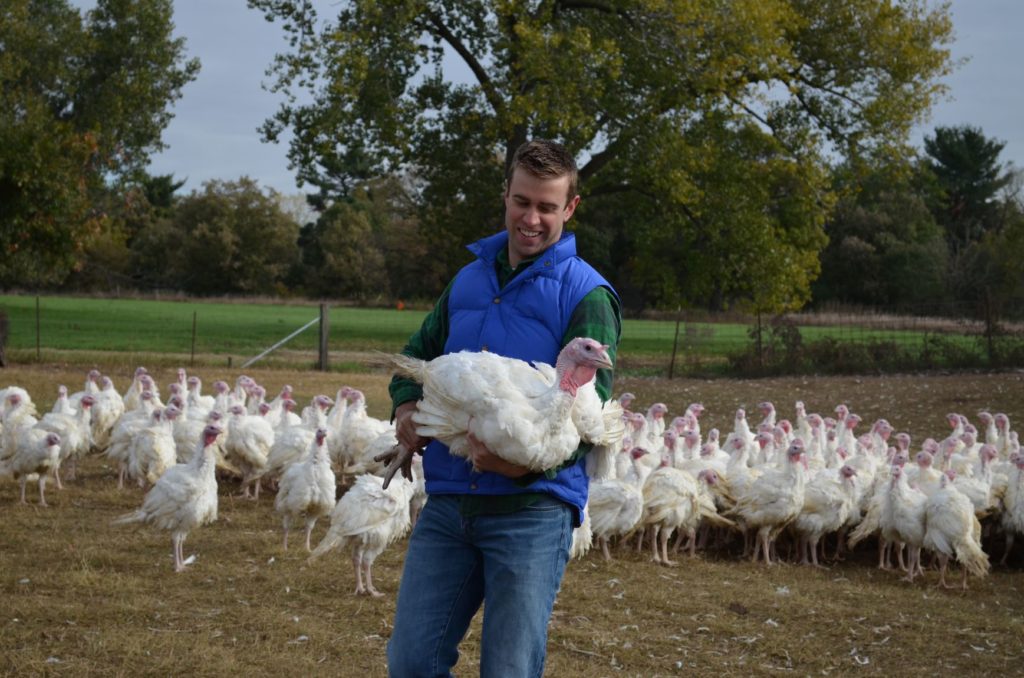
All-Natural is the term that Lakewinds applies to all our food guaranteeing that it meets our own set of criteria. This means that even if a product has not been certified organic, it will be free from growth hormones and preservatives, raised and processed sustainably and in a humane way, and sourced from a business that practices proper land stewardship.
Wild-Caught and Farm-Raised Seafood:
Wild-caught means that the seafood product was caught in the wild. The title itself does not guarantee much beyond that, though at Lakewinds we source wild-caught seafood from fisheries that are certified sustainable and use sustainable methods. The certification programs we rely upon are the Monterey Bay Aquarium Seafood Watch and the Marine Stewardship Council. Some wild-caught seafood comes from areas that are artificially stocked to promote greater abundance.
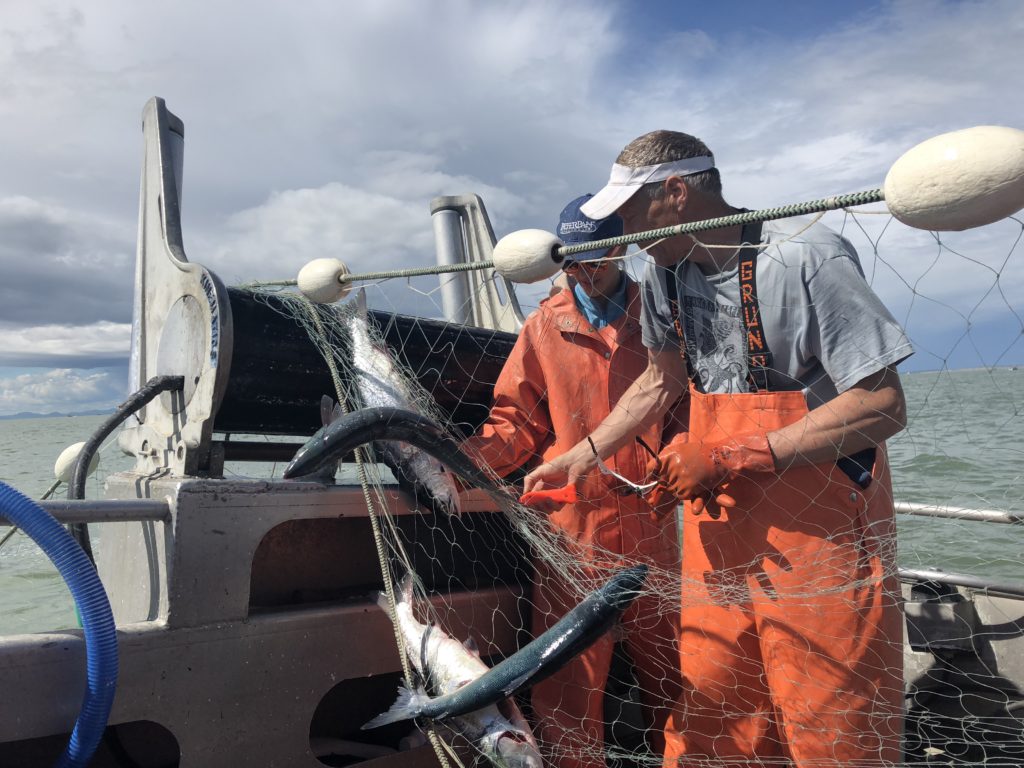
Sometimes changes in fishery health lead us to no longer carry certain seafood products. For example, if the Copper River in Alaska experiences a depleted season, we may opt not to sell any salmon from that fishery for the season. Our knowledgeable counter staff can answer any questions you may have regarding inventory and ordering.
Farm-raised seafood comes from controlled populations of fish raised on “farms,” many which operate in open sea pens. Some use indoor recirculating aquaponic systems that recycle the nutrient-rich wastewater to fertilize hydroponic agriculture, which is cycled back into the fish tanks once purified. Seafood farms can achieve Best Aquaculture Practices (BAP) certification once important criteria are met. At Lakewinds, we strive to offer farmed seafood with a BAP 3-star rating, which guarantees the water is the cleanest quality, no chemicals are used in raising or processing, there is little to no negative impact on the local land or communities, and that employees enjoy a safe working environment and fair compensation.
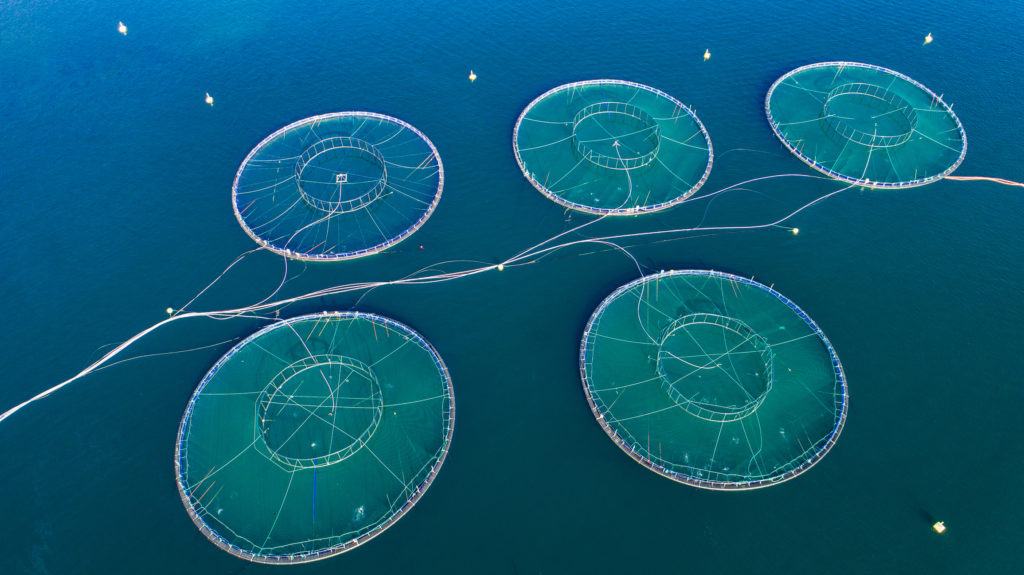
Cage-Free, Free-Range, and Organic Poultry:
The difference here involves outdoor access. Cage-free poultry is not confined to cages within their enclosure, ensuring they are able to enjoy normal social behavior. The cage-free chicken that we carry is raised in clean, spacious barns with ample natural light and fresh air. Free range means that the poultry is given access to the outdoors, where the birds are allowed to forage for supplementary food and socialize in a more natural setting. Organic standards for poultry also require outdoor access, so free range is implied in poultry labeled organic.
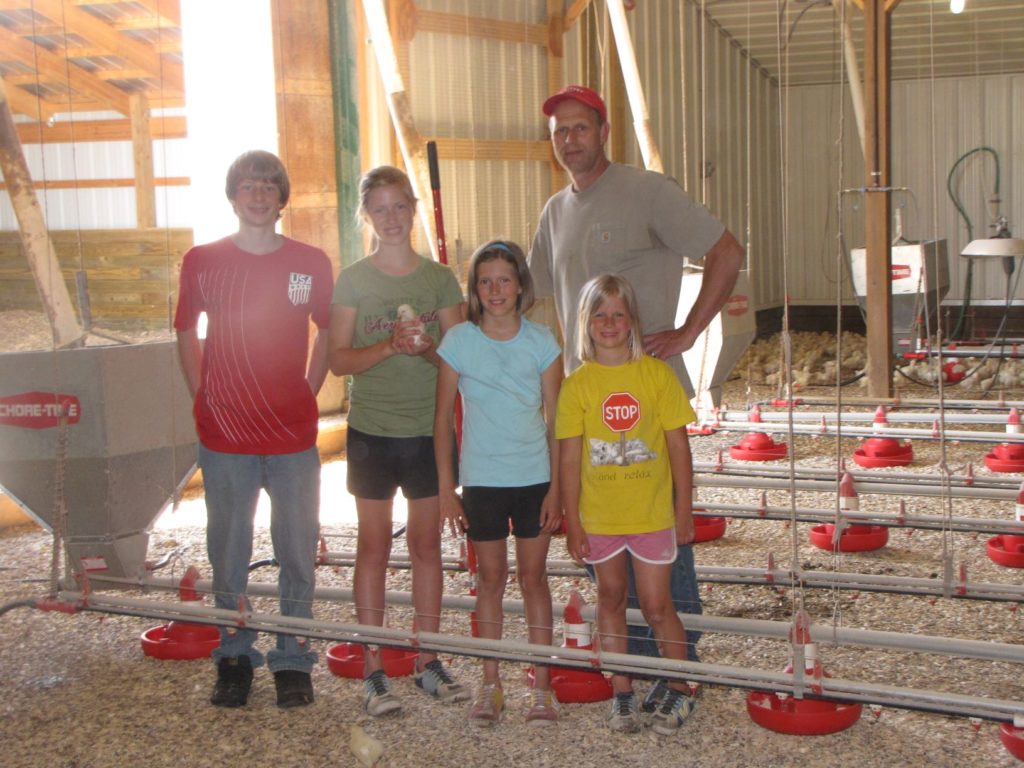
Air-Chilled:
This is a method of poultry packaging that relies on dry refrigeration to lower the temperature of freshly processed birds. More conventional processors will submerge them into cold water (or a chemical preservative solution) to accomplish this task, but that can lead to soggy skin and excess water weight. You’ll pay less for unnecessary water with air-chilled chickens, and notice better flavor and considerably crispier skin when roasting them.
Pasture-Raised and Grass-Fed:
These terms apply to our beef and lamb offerings. A pasture-raised steer has been allowed to graze for a significant portion of its life. This practice allows for a more natural environment for ruminants like cows, sheep, and bison that spend their lives grazing. When practiced properly, it can also be an important element of soil restoration and land stewardship. We source our pasture-raised beef and lamb from Peterson Craft Meats and The Lamb Shoppe, local farms that rotationally graze their animals and grow their own cover crops, ensuring that their practices enhance instead of damage the soil. During winter months and while being finished, pasture-raised animals will often receive supplemental feed including grains. This tends to yield well-marbled meat.
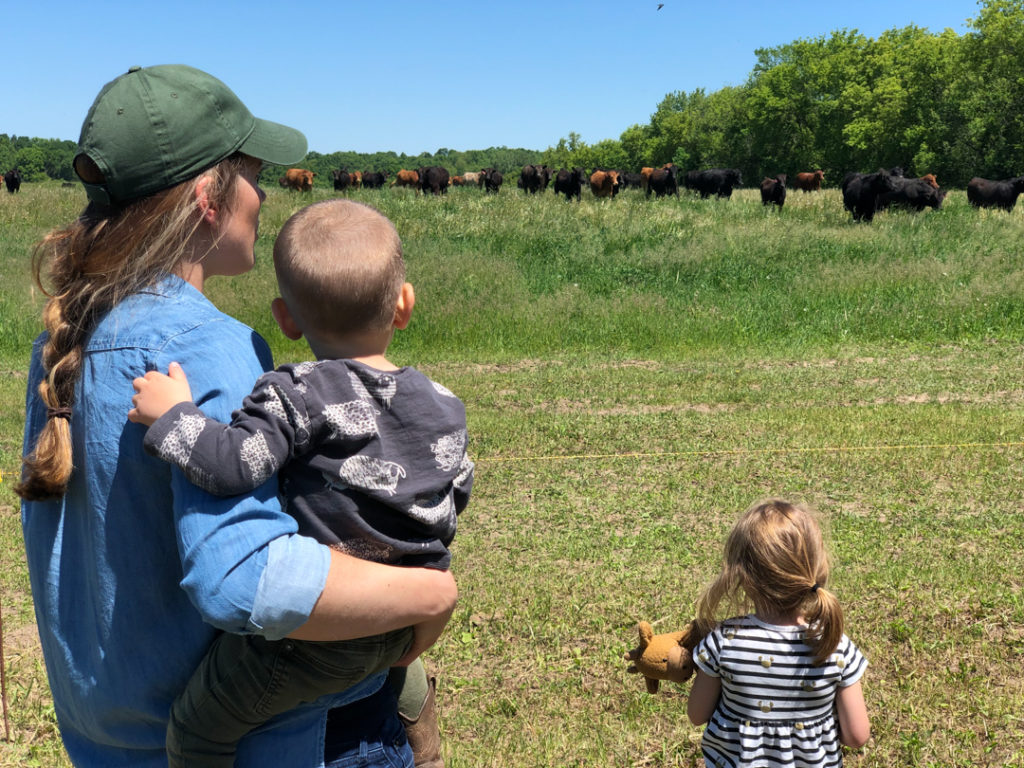
The grass-fed label ensures that the animal are fed grass across their entire lifespan. This can include grazing as well as dried grass provided indoors. We source our grass-fed beef from Thousand Hills Lifetime Grazed, whose cattle are 100% grass-fed and spend their entire lives on pasture, never indoors.
There are a few reasons why you may want to choose grass-fed beef. Meat from grass-fed animals may have higher amounts of omega-3 fatty acids than grain-fed beef, but it’s still not a significant source of this essential nutrient. It’s also a good option for those looking to avoid corn or soy in the feed of their meat. A grass diet tends to yield a leaner meat with more robust flavor than traditional grain-fed beef.
There are also potential environmental benefits of grass-fed and pasture-raised beef and lamb. Proponents of these methods claim that proper management can have numerous benefits on the land, including boosting biodiversity, retaining essential water and nutrients in the soil, and helping prevent erosion. For example, on Thousand Hills’ ranch in Becker, MN, the pastures have a greater diversity of plant life than nearby unmanaged land.
Dry-Aged:
Dry-aged beef has been stored at near-freezing temperature for several weeks. Moisture is evaporated from the fat, leading to greater flavor concentration, and enzymes in the connective tissue begin to break down, ensuring greater tenderness. This process is also known as “hanging” and is often used in steakhouses and upscale butcher shops. Since it requires beef with high amounts of fat, leaner grass-fed beef does not typically get dry-aged. Our pasture-raised beef from Peterson Craft Meats has been dry-aged for a minimum of 21 days.
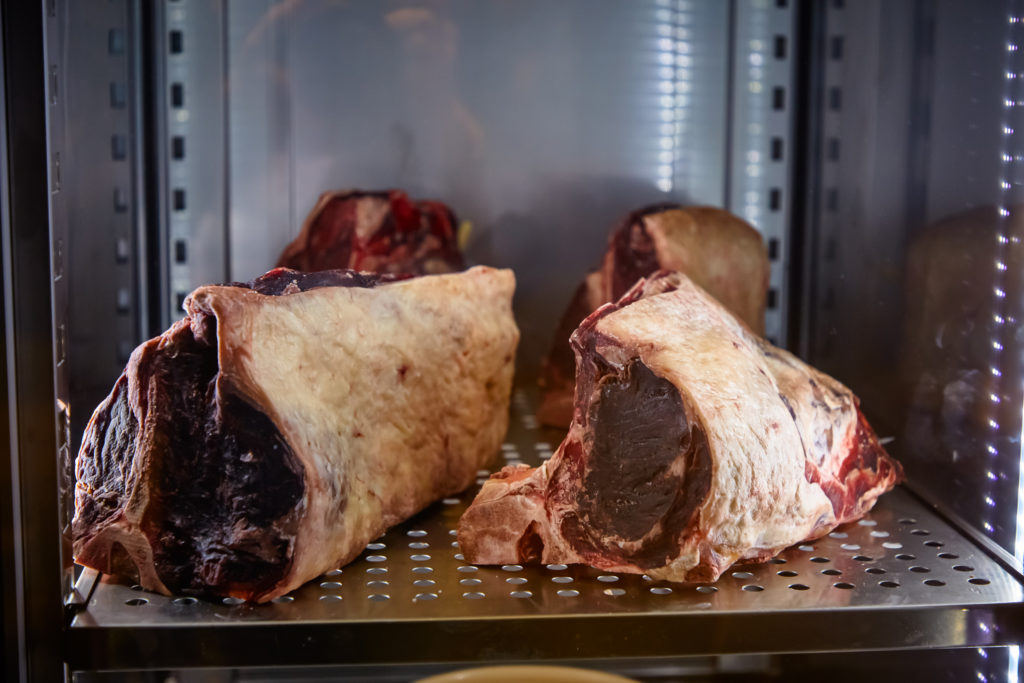
Labels in meat & seafood can come with a lot of terms and phrases that help you make the right decisions about the food you buy from Lakewinds.
Learn more about Peterson’s pasturing practices, read about Superior Fresh’s recent certification for non-GMO salmon, or discover all of our local vendors.
